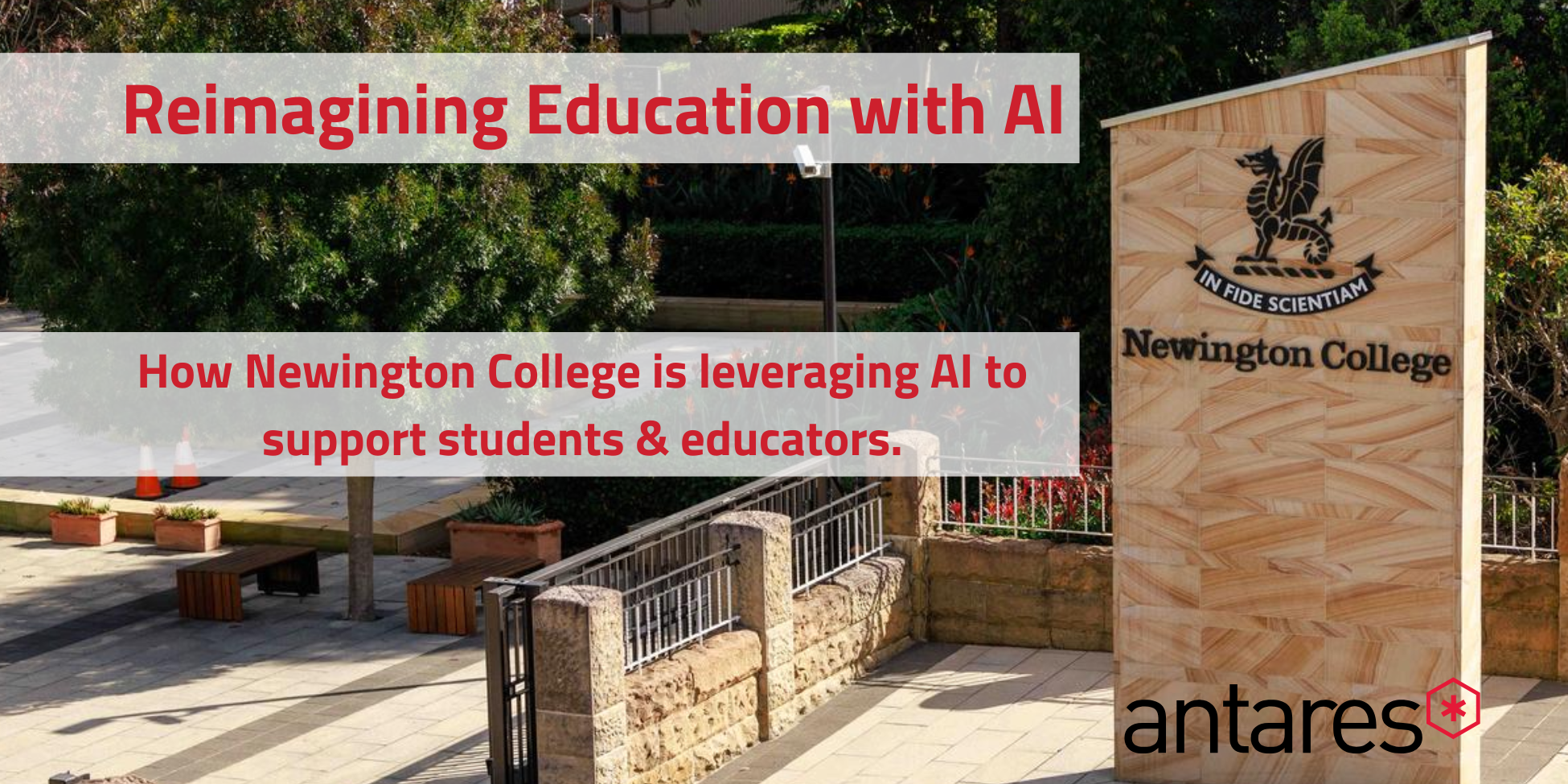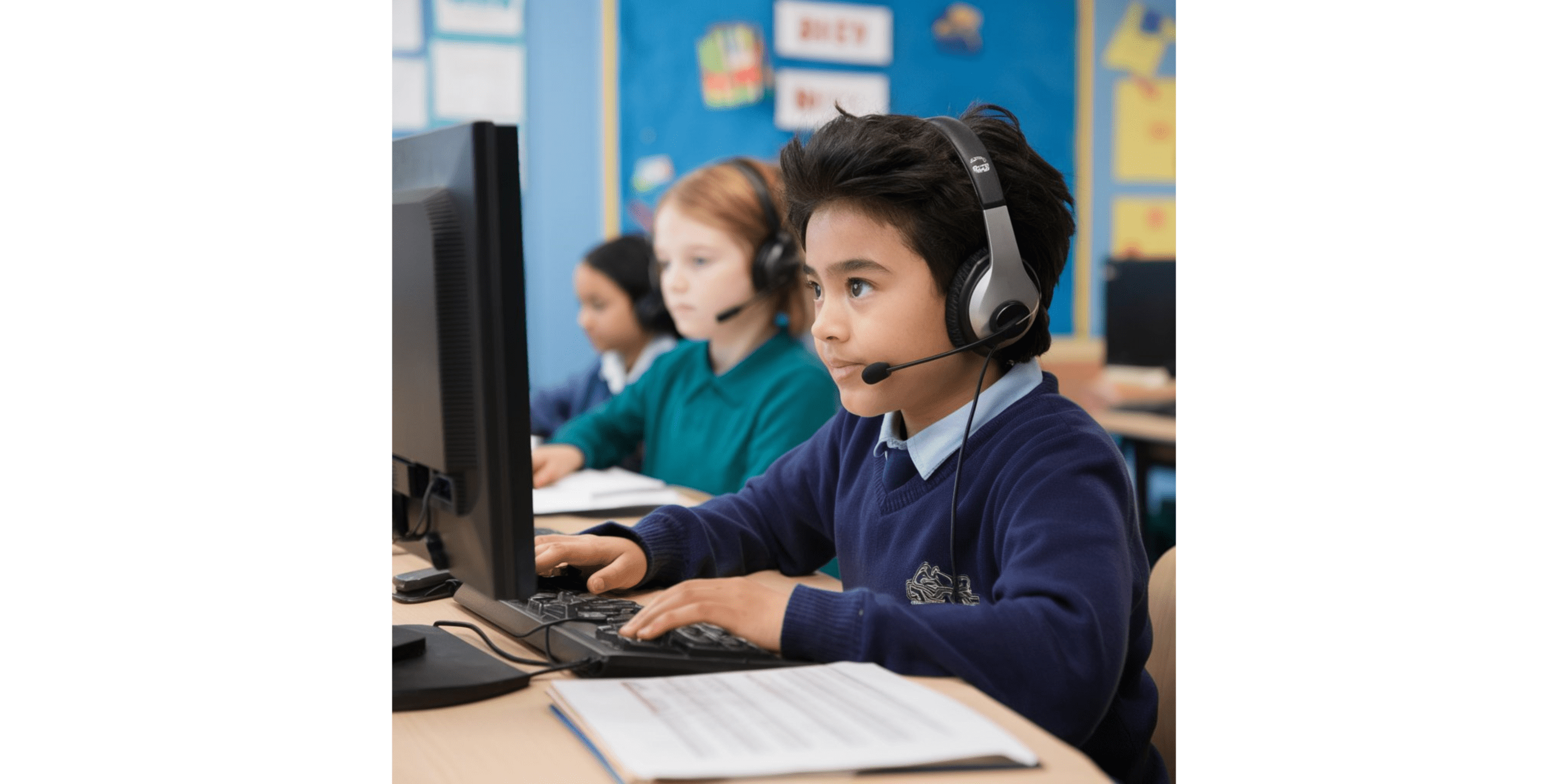Background
Our client is a collective of 44 Catholic primary and secondary schools. The diocese oversees schools teaching roughly 17,000 students from kindergarten to year 12 and employs over 2,200 teaching and support staff.
Since 2020, the diocese has been undergoing major transformational change – overhauling disparate legacy systems in favour of a modern integrated approach.
The Challenge
The Diocese commits themselves to being as good as the very best. This involved maximising the learning experience of every student. To do this effectively it is essential to have a relentless focus on improving student learning and building the capacity of every teacher to deliver a high-quality curriculum for student learning.
Our client has recognised the importance of this and would like to implement a Learning Improvement Program to strengthen leadership, formation, teaching, and learning across all their schools. This program focuses on the school’s Catholic culture, student learning, effective teaching, and support for school leadership, providing a coherent framework to guide their work.
The challenge lies in ensuring the systematic delivery of the curriculum and effective assessment practices across the school(s) while promoting collaborative meetings between teachers and leaders to discuss the learning of the curriculum, plan units and select pedagogical materials, and differentiate and design assessment tasks to respond to the learning needs of students.
Antares was approached by the diocese to design and implement a solution that would streamline their curriculum planning challenges because of our extensive experience and expertise within the education industry.
The Solution
Antares proposed a three-phase approach to building the required application, utilising our proven methodology. The recommended platform to use was a Power App to guide users through the Curriculum Guide process.
During phase one of the engagement, our consulting team validated the requirements with the key stakeholders and developed a design that outlined how the solution would work and how the technology involved needed to be configured.
In phase two, our team built a prototype solution, allowing our client to analyse, review, and make tweaks to the design.
Finally, in phase three, we completed the application build and went live. The app contained 7 different pages, dynamically shown based on the answers given. Users also have the ability to create and save more than one plan with the app, allowing them to revisit and continue or review the actions they have taken.
The Results
Early feedback on the new Curriculum Guide app has been incredibly positive. It is currently being launched to a select group of teachers who eagerly volunteered to assist with the first stage rollout. –
In combination, these transformational projects are set to provide huge gains in terms of efficiency, consistency, and time savings for faculty and teachers. Ultimately, they will also have a significant positive impact on student learning.



